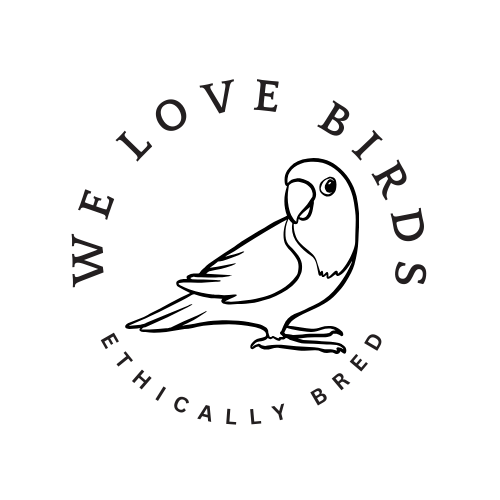green cheek conure
Origins, Lifespan, Care, and Colorful Mutations
Green-cheeked conures (Pyrrhura molinae) are small, vibrant parrots native to the forests of South America, particularly in Brazil, Bolivia, Argentina, and Paraguay. Known for their playful personalities and affectionate nature, these birds make delightful companions for dedicated bird enthusiasts.
Natural Habitat and Origins
In the wild, green-cheeked conures inhabit wooded areas and forest edges, often forming flocks to forage for fruits, seeds, and vegetables. Their social behavior and adaptability have contributed to their popularity in aviculture.Wikipedia
Lifespan
With proper care, green-cheeked conures can live between 10 to 25 years in captivity. Some individuals have been known to live up to 30 years, emphasizing the importance of a balanced diet, regular exercise, and mental stimulation in promoting longevity.
Housing and Environment
Cage Size: A spacious cage is essential for a green-cheeked conure's well-being. A minimum size of 24" x 24" x 24" is recommended, but larger is always better to accommodate their active nature.
Bar Spacing: Ensure bar spacing is between ½" to ⅝" to prevent escape or injury.
Perches and Toys: Provide a variety of perches with different diameters to promote foot health. Include toys such as swings, ladders, and foraging items to stimulate mental and physical activity.
Temperature: Maintain a comfortable room temperature between 65°F and 80°F. Avoid placing the cage in drafty areas or direct sunlight.
Diet and Nutrition
A balanced diet is crucial for a green-cheeked conure's health.
Pellets: High-quality pellets should constitute about 60–75% of their diet.
Fresh Fruits and Vegetables: Offer daily servings of leafy greens, carrots, apples, and other safe produce.
Seeds: Provide in moderation as treats, as they are high in fat.
Fresh Water: Ensure clean water is available at all times, changing it daily.
Transitioning from a seed-based diet to pellets can be achieved by gradually mixing the two, starting with a 75% seed to 25% pellet ratio and adjusting over time.
Health and Wellness
Regular health checks and a clean environment are vital.
Signs of Illness: Watch for lethargy, fluffed feathers, changes in droppings, reduced appetite, and changes in vocalization.
Veterinary Care: Schedule annual check-ups with an avian veterinarian to monitor health and prevent diseases.
Hygiene: Clean cages, perches, and feeding dishes regularly to prevent infections.
Birds often hide symptoms of illness, so prompt attention to any behavioral changes is essential.
Color Mutations
Selective breeding has led to a wide array of color mutations in green-cheeked conures. Some notable mutations include:
Normal (Wild-Type): Rich green body with a maroon tail and grayish breast.
Cinnamon: Lighter, brownish-green plumage with a tan head and maroon tail.
Yellow-Sided: Vibrant yellow and red hues on the chest and sides.
Pineapple: A combination of cinnamon and yellow-sided mutations, resulting in a bright yellow and red coloration.
Turquoise: Blue-green body with reduced red pigmentation.
Suncheek: A dilute version of the pineapple mutation, featuring pastel shades.
Violet: A rare mutation that adds a violet hue to the plumage, enhancing the blue tones.
Sources:https://en.wikipedia.org/wiki/Green-cheeked_parakeet
